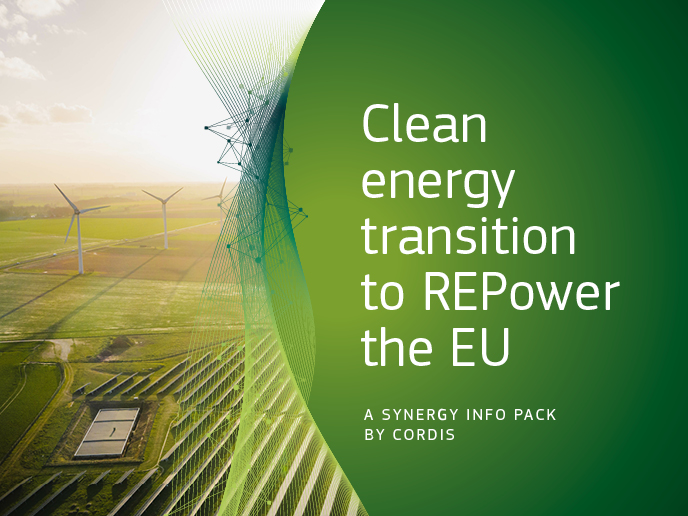Reprogrammed bacteria turn CO2 waste into valuable products
Growing concerns about environmental sustainability and reducing greenhouse gas emissions have led to a surge in research efforts focused on utilising CO2 as a raw material. The goal is to create eco-friendly chemicals and materials by harnessing renewable energy sources and microbial biocatalysts. “The combined approach of capturing CO2 and turning it into valuable products impacts major industries by replacing a portion of their traditionally fossil-based products with sustainable alternatives,” notes Nicolò Vasile, a coordination team member of the EU-funded ENGICOIN(opens in new window) project. “A key element for successfully implementing this approach is realising distributed manufacturing policies that allow integration of plants generating CO2 emissions with systems that utilise waste heat and low-cost renewable electricity sources.” This helps create a circular economy where the output of one process becomes the input of another.
Microbial alchemy leading to sustainable products
ENGICOIN exemplified these principles by converting CO2 into various plastics and commodity chemicals through engineered microorganisms. “ENGICOIN paves the way for engineered microbial factories, which utilise robust biological catalysts that can handle variable CO2-based feedstock, leading to flexible, integrated and resilient process schemes.” “We developed three new integrated microbial factories that exploit CO2 sources and renewable hydrogen from electrolysis within an industrial anaerobic digestion platform treating the organic fraction of municipal solid waste,” adds Vasile. These microbial factories produce lactic acid, polyhydroxyalkanoates (PHAs), acetate and acetone. Microbial factory 1 uses the photosynthetic microorganism Synechocystis(opens in new window). This microorganism that uptakes CO2 using sunlight is modified to produce lactic acid from biogas combustion flue gases and pure CO2 streams from biogas-to-biomethane upgrading. Relying on an aerobic bacterium Cupriavidus necator(opens in new window), microbial factory 2 derives its energy from chemical reactions instead of sunlight. It converts CO2 and hydrogen into biodegradable and biocompatible thermoplastics (PHAs) utilising the same CO2 sources as in microbial factory 1 – biogas combustion flue gases and pure CO2 streams from biogas-to-biomethane upgrading. Ultimately, microbial factory 3 utilises an anaerobic acetogen Acetobacterium woodii(opens in new window), which converts CO2 and hydrogen into acetate and acetone.
Tackling challenges to the scale-up of the technology
ENGICOIN successfully commissioned and tested the TRL 5 pilot platform integrating a bioreactor and electrolyser in Italy. The main goal of the testing campaign was to demonstrate the feasibility of the bioprocesses fed with waste gas (raw CO2) and the continuous operation of the bioreactor and electrolyser for long-time processes. Researchers demonstrated the feasibility of growing modified Synechocystis and Cupriavidus necator for lactic acid and PHA production in a real industrial setting. This process involved the use of scaled reactor systems and feeding the bacterial cultures with CO2 waste. The project team addressed challenges in the industrial-scale implementation of the proposed concepts and technologies, focusing on economic sustainability achieved through night-time electrolyser operation and continuous microbial factory production. “ENGICOIN aimed to significantly reduce CO2 emissions in the medium to long term by targeting valuable products like polymers (including polylactates and PHAs) that account for 4 % of the global crude oil use,” states Vasile. “Finding other products with a comparable potential for reducing greenhouse gas emissions is challenging, except for biofuels. But those that involve hydrogen use in their treatment process have not yet become market ready.” ENGICOIN demonstrated the potential of harnessing CO2 as a raw material for sustainable chemical production, replacing those derived from fossil sources. By using renewable energy and targeting CO2 sequestration and purification from flue gases, ENGICOIN showcases the importance of designing future biotechnological processes that contribute to a circular economy.







